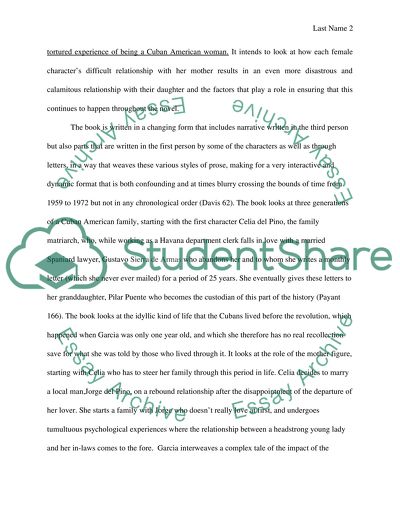Cite this document
(“Dreaming in Cuban Essay Example | Topics and Well Written Essays - 1750 words”, n.d.)
Retrieved from https://studentshare.org/literature/1482721-dreaming-in-cuban
Retrieved from https://studentshare.org/literature/1482721-dreaming-in-cuban
(Dreaming in Cuban Essay Example | Topics and Well Written Essays - 1750 Words)
https://studentshare.org/literature/1482721-dreaming-in-cuban.
https://studentshare.org/literature/1482721-dreaming-in-cuban.
“Dreaming in Cuban Essay Example | Topics and Well Written Essays - 1750 Words”, n.d. https://studentshare.org/literature/1482721-dreaming-in-cuban.


